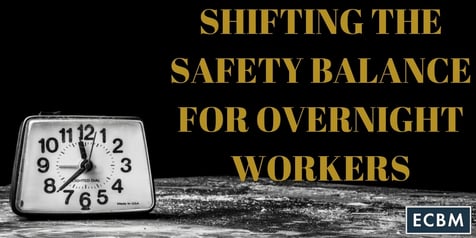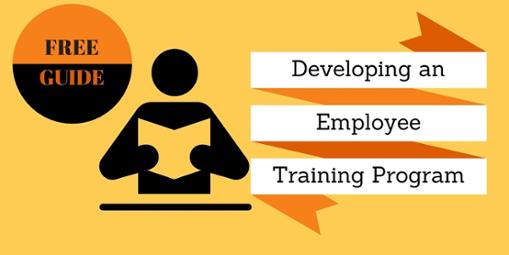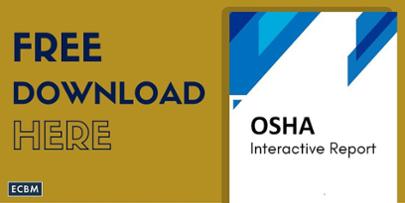
An international team of sleep researchers has developed the world's first screening tool to help reduce workplace accidents and illnesses, including cardiovascular disease and cancer, caused by shift work.
Published in the journal Sleep, the new tool will enable health professionals and industry to better understand individual vulnerability to the health and safety impacts of shift work.
This screening questionnaire for a condition known as shift work disorder (SWD) has been developed by researchers from Monash University, and US partners, Harvard Medical School, Brigham and Women's Hospital, and the Henry Ford Hospital.
At least 15 per cent of workers in Australia, the US, and the United Kingdom, and around 23 per cent of workers in Japan are estimated to work outside normal hours, causing significant disruption to their natural sleep-wake schedules. SWD, characterised by extreme sleepiness and/or insomnia, is thought to affect around 10 per cent of shift workers.
Associate Professor Shantha Rajaratnam, of Monash and Harvard University, said the prevalence of shift work has been unknown due to the lack of accurate assessment tools.
"Shift work is a reality of modern economies, but research has shown that there are very real health risks associated with working outside regular hours," Associate Professor Rajaratnam said.
"Aside from associated health problems, shift workers are significantly more at risk of workplace injuries. The workers most affected by sleep disruption - those with SWD - account for a significant proportion of this risk and need to be identified."
Shift work, especially overnight, is associated with a higher rate of car crashes, industrial accidents, actual and near-miss injuries and quality-control errors on the job.
Secondary health problems linked with shift work include cancer, cardiovascular disease, diabetes, gastrointestinal diseases and mood disorders, including depression.
"This questionnaire is an important step in better understanding causes of vulnerability to shift work, and targeting interventions to those who most need them," Associate Professor Rajaratnam said.
"However, this is only a first step and further tests of actual impairment from lack of sleep must be developed for implementation in occupational settings."
"More collaboration between researchers, industry and government partners is needed to tackle these significant challenges and make shift work as safe and productive as possible."
| Publication Date | 12/23/2012 |
| Source: | NewsRX Health |


